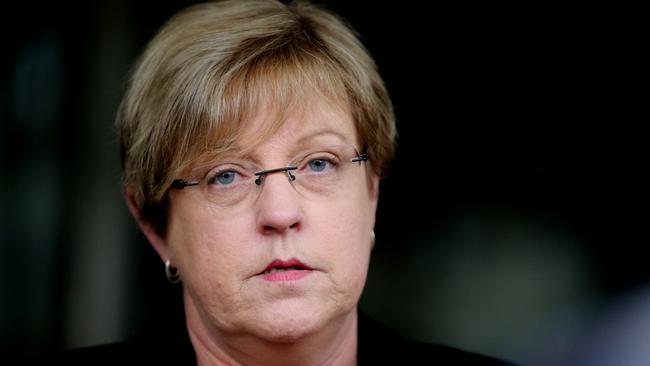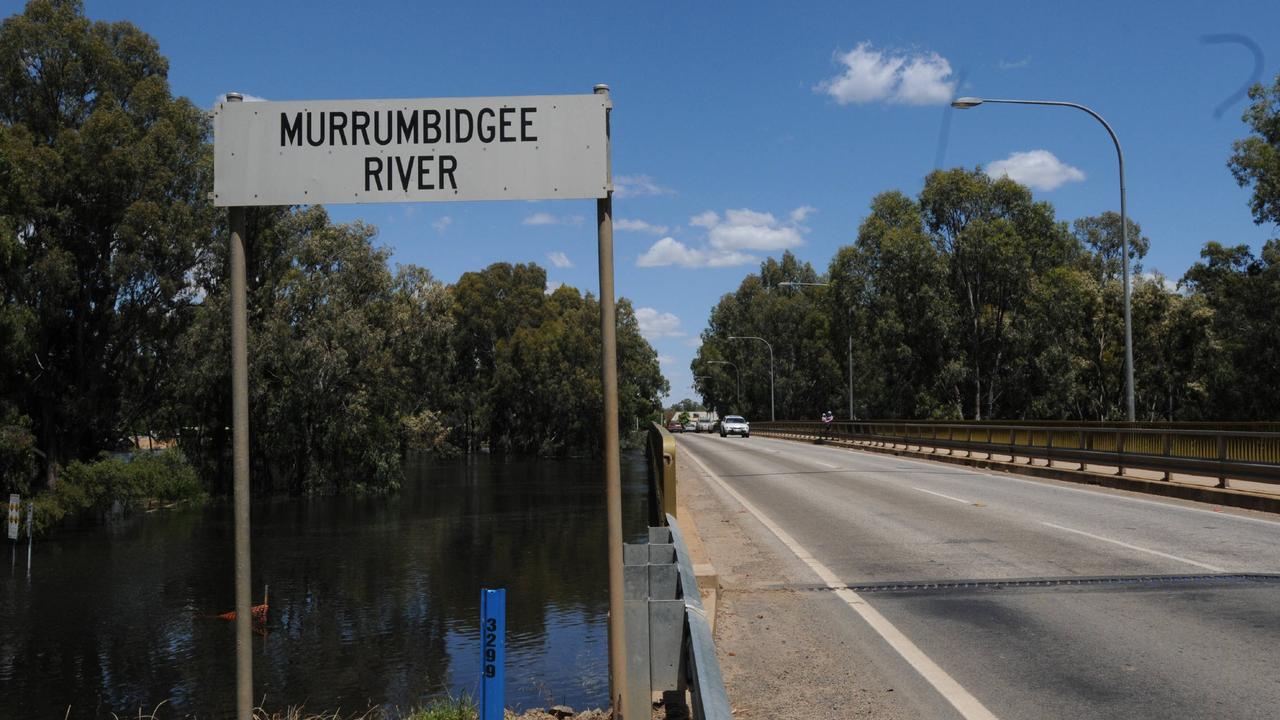Murray Darling Basin Plan: Milk production drop, study finds
MILK production in northern Victoria would have been 30 per cent higher in the past three years without the Murray Darling Basin Plan, a new Victorian Government study has found.
MILK production in northern Victoria would have been 30 per cent higher in the past three years without the Murray Darling Basin Plan, a new Victorian Government study has found.
And, with Victoria’s dairy farmers those who sold the most in federal water buybacks, the industry is at the mercy of the water market more than any other.
Victorian Water Minister Lisa Neville last night released the Government’s independent socio-economic study into the basin plan thus far, at a Victorian Farmers Federation meeting in Echuca.
She told those gathered that the southern basin was “at a tipping point” with more water out of the basin than expected.

Today she joined forces with NSW Water Minister Niall Blair to reaffirm their alliance, a fortnight ahead of the next Murray Darling Basin ministerial council meeting.
The Government’s report, by TC & A and Frontier Economics, backs the findings of previous damning reports by the Goulburn Murray Irrigation District water taskforce and research by the Australian Dairy Industry Council.
The new report found if water recovery under the plan had not occurred, water use in the GMID would have been up to 31 per cent higher, equating to a 30 per cent increase in milk production.
“The foregone production would otherwise have had significant flow-on effects in towns and communities where farm inputs are sourced and where dairy manufacturing occurs,” the report said.
The report found most irrigators had been able to maintain their water use through water purchases thanks to the “relative abundance” of rainfall since buybacks stopped, meaning “many of the socio-economic impacts of the Basin Plan may not be observed until the next drought”.
However, because Commonwealth water buybacks were skewed toward high-reliability entitlements, the report predicted the remaining pool for consumptive use will lead to more variable allocations, increasing farming risk for all.
Irrigators will compete with horticulturalists — which accounts for 40 per cent of high reliability water shares — in dry years. Horticulture, however dominant now, faces the risk of having to dry off land if there is a repeat of low allocation years, such as those of 2008-09.
Ms Neville said the “sobering” findings of the Government’s report validated its approach to delivering the Basin Plan.
“A plan that works is one that is deliverable, adaptable and one that works for everyone,” she said.
“This study shows that our approach will ensure we deliver our obligations under the plan and improve the river’s health in a way that is not detrimental to local communities.”
“Agriculture is the powerhouse of the Victorian economy and we must balance the competing needs of agriculture and the environment.”
Ms Neville and Mr Blair will meet with their fellow basin state ministers in two weeks. High on the agenda will be delivery of an extra 450GL of water under the basin plan for South Australia.
South Australia is demanding the water be delivered, while Victoria and NSW will only agree to it if it has no further socio-economic detriment to river communities.
Ms Neville and Mr Blair also met with an expert panel they appointed to examine measures that could deliver the same environmental benefits with less water.
“The panel has already provided us with a number of options to improve the adjustment mechanism; including ensuring assumptions are real-world, and including further pertinent science within the model,” Mr Blair said.
“Ultimately this makes the model more rigorous, which means we are better informed when it comes time to make the hard decisions.”


